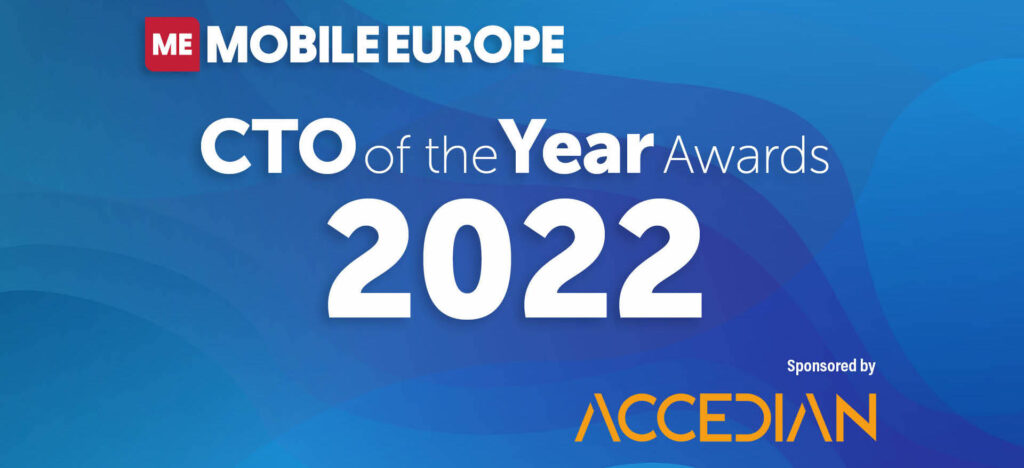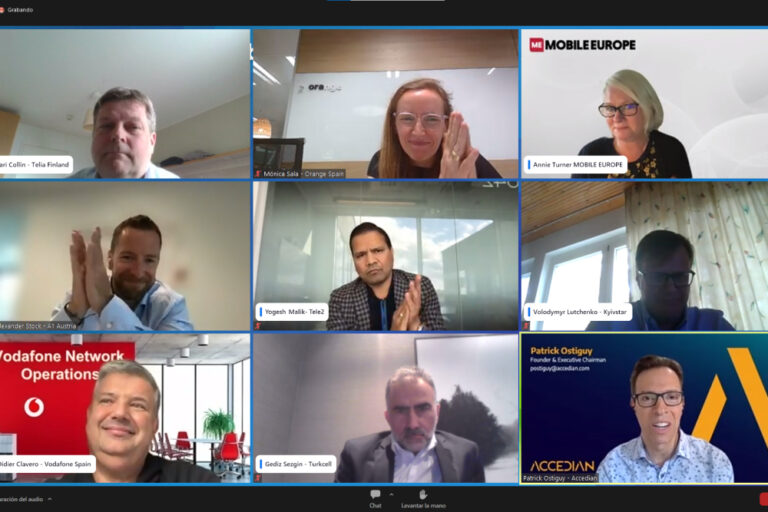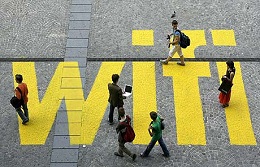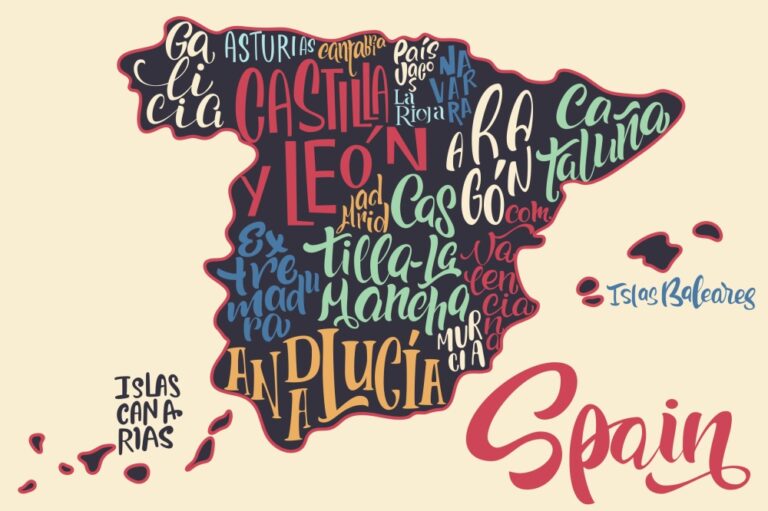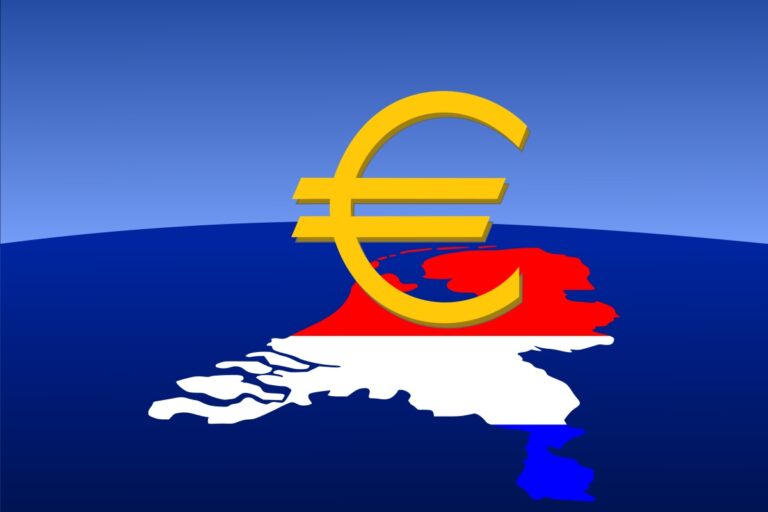Kate O’Flaherty writes that just three years after Wi-Fi 6 emerged, offering game-changing upgrades beyond speed, Wi-Fi 7 is on the way.
Wi-Fi 7’s first products are expected in 2023. The technology has vast potential: In April, Broadcom released its Wi-Fi 7 chips alongside a demo showing single user data rates topping 5 Gbps. The results should persuade regulators to open up the full 6 GHz spectrum band to Wi-Fi, the company says.
Wi-Fi allows mobile operators to improve the customer experience by offering better performance management and optimisation. As the technology evolves, it will work hand in hand with 5G to improve coverage and optimise resources.
So how is Wi-Fi evolving, what challenges is the technology facing, and what can the industry expect to see in 2022 and beyond?
Wi-Fi 6 boosts IoT
Wi-Fi 6 has already introduced faster speeds, lower latency, increased network efficiency and extended battery life for Wi-Fi clients. Wi-Fi 6 and Wi-Fi 6E – the latter of which introduced a new swath of spectrum to Wi-Fi in the 6GHz band – will offer better coverage and capacity to meet customer needs as IoT continues to surge.
According to regulator Ofcom, IoT connections will grow to over 150 million by 2024 in the UK alone. Existing Wi-Fi is not advanced enough to support this number of devices, says Ian West, Head of TMT at KPMG.
But when used in conjunction with 5G, Wi-Fi 6 helps boost IoT by improving signal strength to “support device rollout, decrease the overcrowding of resources with high-capacity networks, and support always-on devices”, he says.
Wi-Fi 6 helps scale the environment without sacrificing user performance, says Maria Lema, Co-Founder of Weaver Labs. “This means users aren’t fighting as much with sensors, scanners and other autonomous IoT devices for bandwidth.”
In addition, she says, better latency levels enabled by Wi-Fi 6 will allow a large number of use cases in areas such as manufacturing and smart cities.
Wi-Fi 6 features orthogonal frequency division multiple access, which includes cellular-style scheduling. This is “well-timed for the IoT era”, says Jonas Björklund, Vice President at Enea’s Aptilo product line.
He thinks Wi-Fiwill evolve to be “as seamless and secure as cellular connectivity”, and cites the example of the OpenRoaming initiative from the Wireless Broadband Alliance, which will see Wi-Fi networks federated into a secure Passpoint enabled service with automatic and secure connectivity for users.
The next Wi-Fi evolution
The next evolution of Wi-Fi, Wi-Fi 7, offers benefits such as wider channels,
simultaneous streams, efficient coding and lower latency, says Bruce Miller, Vice President, Enterprise Marketing at Cambium Networks. “For the first time, Wi-Fi 7 will provide the ability to connect across two or more channels in different bands simultaneously, enabling greater speeds but also increasing robustness by avoiding congestion and interference.”
These features should enable an increasing number of applications in augmented and virtual reality, telemedicine and gaming, he predicts.
But there are still challenges to resolve as Wi-Fi continues to evolve – especially involving spectrum. From a test perspective, the main challenge stems from the fact that many devices already use the 6 GHz spectrum including 5G cellular, Wi-Fi access points, satellite links, mobile TV broadcasts and utility communication links, says Jessy Cavazos, 5G Industry Solutions Manager at Keysight Technologies. “Also, incumbent carriers have priority over other users.”
As a result, the FCC and ETSI mandate tests to ensure the effective use of spectrum among users.
Security is another area of focus that must be taken into account as networks evolve. “Security is essential for the future success of Wi-Fi, and government intervention is important, especially when IoT devices based on earlier less secure wireless standards are linked with advanced wireless systems and 5G,” says West. “It is now feasible to fit more processing power into tiny devices but it is also possible to incorporate additional security measures at the network level.”
Once the issues are ironed out, there are multiple opportunities in Wi-Fi for mobile operators. Most major operators already consider Wi-Fi a revenue source, says West. And as Wi-Fi becomes faster and more reliable and the number of use cases expands, he says demand will “skyrocket”.
The greater performance of Wi-Fi 6 and 6E has captured mobile operators’ interest in Wi-Fi, says Cavazos. “Many operators are deploying it to increase coverage and capacity and complement their 5G strategy.”
5G and Wi-Fi
Indeed, as 5G enters the fray, the cellular technology will work hand in hand with Wi-Fi. 5G often does not work inside buildings, and infrastructure build outs take time. “Wi-Fi can deliver high speed local connectivity in these situations when 5G is not available or does not have appropriate performance,” says Miller.
By combining Wi-Fi 6 and 5G, operators can offer more innovative ways to optimise traffic across access networks, says West. “Depending on the application, traffic levels and network conditions, they will be able to shift network traffic onto the most suitable interface to support the most effective use of network resources or greatest user experience.”
As its evolution continues, Wi-Fi has the potential to enable many use cases and taking this into account, advocates believe more spectrum should be opened up for the technology. Two years ago, the US opened the 6 GHz band for Wi-Fi and since then, more than 60 countries have or are considering making the band available for the technology.
Several of these countries, including Brazil, Canada, Chile and South Korea, have made the upper and lower 6 GHz band available for Wi-Fi 6E, says Kevin Robinson, SVP, Wi-Fi Alliance.
In doing so, he says they are giving themselves “the ability to harness the full potential of Wi-Fi 6E”, adding: “Other countries such as the UK have opened only the lower part of the band. While this is a great step in the right direction, Wi-Fi 6E and future generations will best deliver their full potential by using the entire 1200 MHz of spectrum in the 6 GHz band.”
